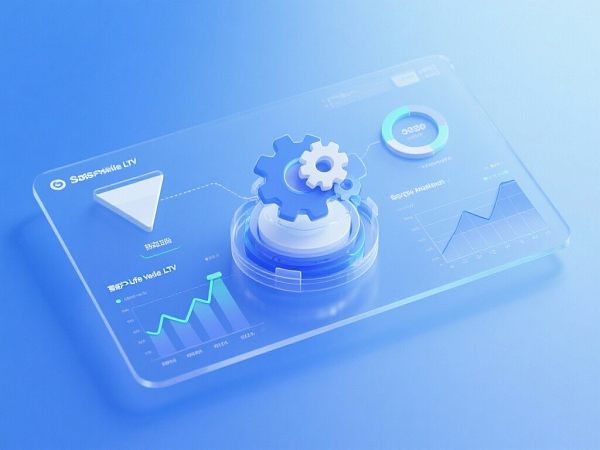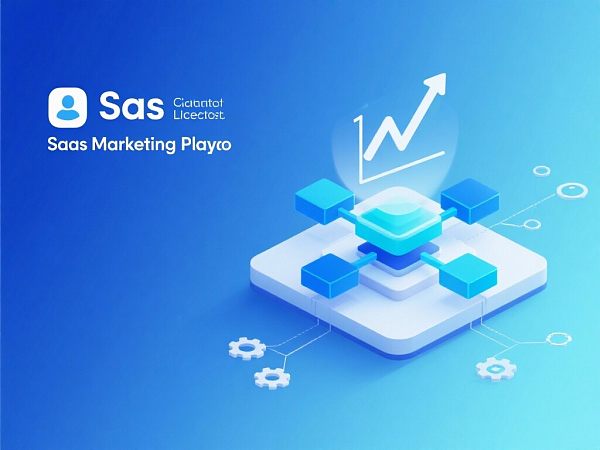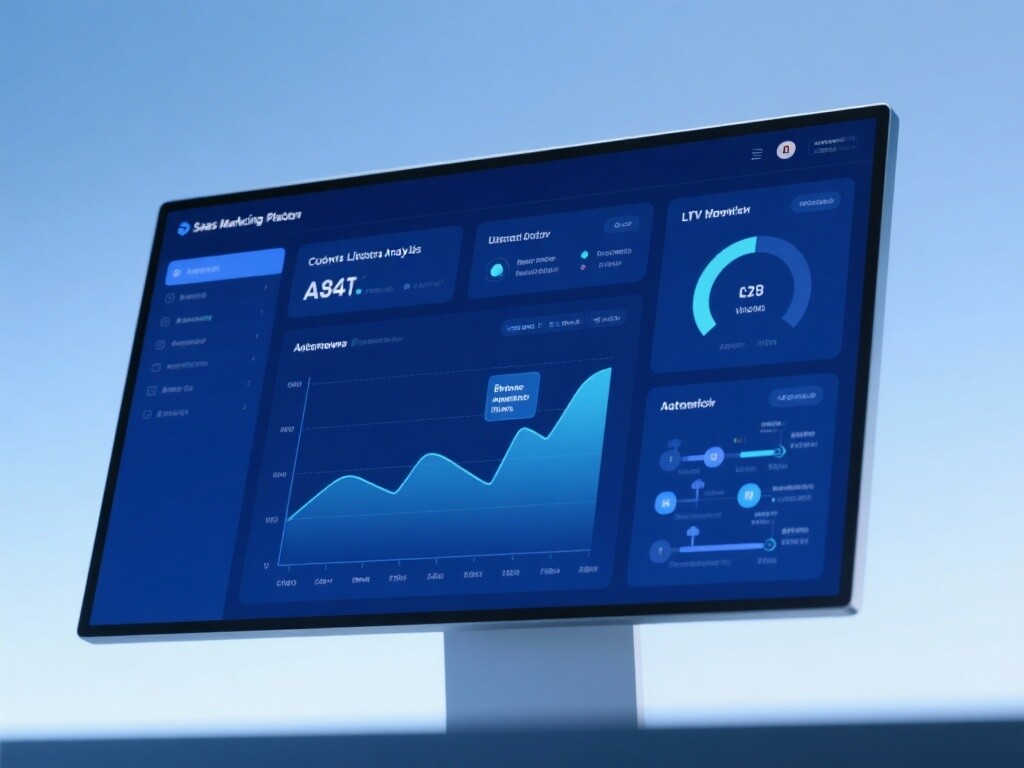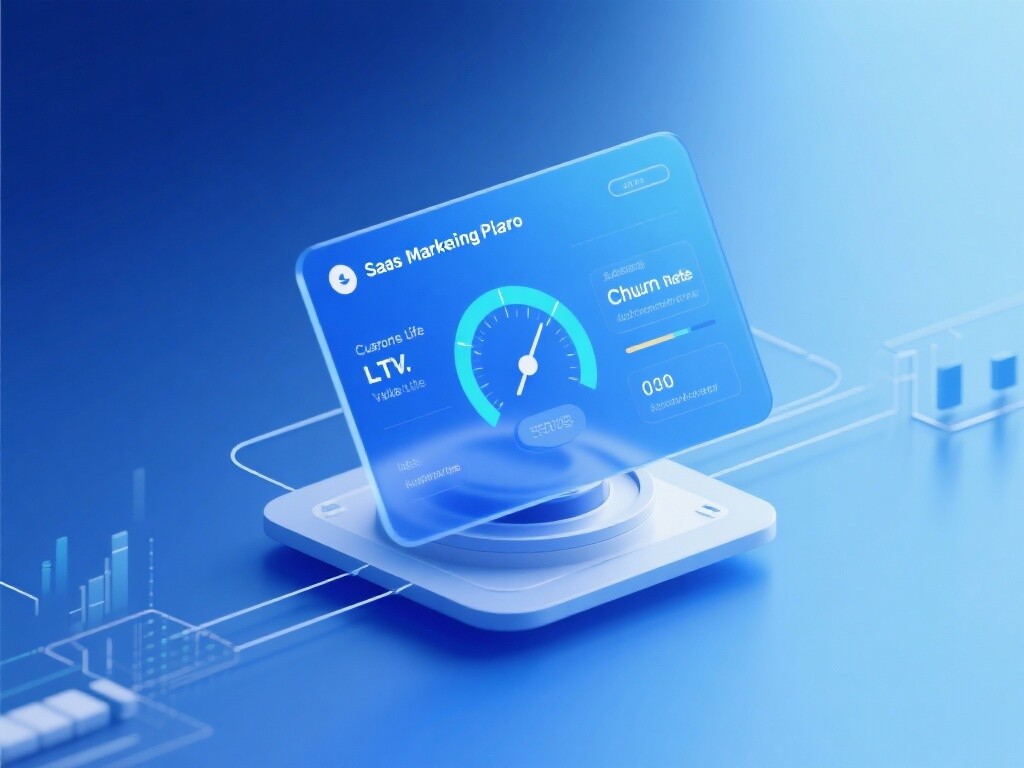Definition of SaaS Marketing Platform: Automation, Integration, and Growth Hub for Subscription Business
SaaS Marketing Platform (or MarTech Platform) refers to a highly integrated suite of software tools and systems, specifically designed to manage and optimize the entire customer lifecycle for SaaS (Software as a Service) businesses, from capturing potential customers, nurturing leads, converting sales, to customer retention and renewals. It is data-driven at its core, emphasizing automation and cross-department collaboration.

Key Components and Goals of SaaS Marketing Platform:
Lead Generation Integration: Unified management of data from all lead generation channels, including SEO, SEM, social media, and content marketing.
Customer Data Platform (CDP): Collects and integrates all customer data from websites, product usage behavior, and CRM, forming a single, comprehensive customer view.
Automation Workflows: Uses marketing automation tools to automatically execute tasks such as emails, in-product messages, and sales notifications based on user behavior.
Retention and Expansion: Focuses on customer health scoring, churn prediction, and identifying upsell/cross-sell opportunities.
The Essence of SaaS Marketing Platform: An LTV-driven, integrated technology stack for scalable, personalized customer interactions.
History of SaaS Marketing Platforms: From Email Blasts to Full Lifecycle Management
The evolution of SaaS marketing platforms is the result of continuous integration and deepening of customer data applications and automation capabilities in the MarTech (Marketing Technology) industry.
1. Early Stage: Email Marketing and Single Functions (2000-2010)
Technical Features: Marketing activities primarily relied on email blasting tools (Email Marketing), targeting broad lead capture.
Limitations: Data silos between tools, lacking tracking of user behavior on websites and products.
2. Rise of Marketing Automation (MA) (2010-2015):
Core Transformation: Platforms like HubSpot and Marketo began integrating email, forms, landing pages, and basic CRM functions, enabling lead scoring and automated email nurturing.
SaaS Applications: SaaS companies started using MA platforms for trial user nurturing, distinguishing Marketing Qualified Leads (MQLs) and Sales Qualified Leads (SQLs).
3. Growth Platforms and Customer Lifecycle (2015-2020):
Technical Depth: Platforms integrated product analytics, customer success, and churn prediction features.
Concept Shift: Marketing focus shifted from one-time lead acquisition to managing the entire customer lifecycle (CAC/LTV).
4. AI, CDP, and Hyper-Personalization Era (2020-Present):
AI-Driven: Platforms leverage AI predictive models for churn prediction, optimal send times, and next-step action recommendations.
CDP Integration: Customer Data Platforms (CDPs) became central, unifying data from all touchpoints (including product usage) to enable hyper-personalized interactions.
Trend: Platforms increasingly emphasize integration between Sales and Customer Success (CS) teams to achieve Revenue Operations (RevOps).
Technical Principles of SaaS Marketing Platforms: Data Integration, Behavioral Triggers, and Automated Workflows
The efficiency of SaaS marketing platforms stems from their high integration and automation capabilities at the data and execution layers.
1. Data Integration and Unified Customer View (CDP Principle)
Principle: Platforms collect real-time customer data from all touchpoints (websites, apps, CRM, billing systems) via APIs, Webhooks, or tracking codes.
Technical Core: This scattered data is deduplicated and cleansed, linked to a unique customer ID, forming a 360-degree unified customer view (Single Source of Truth).
Application: Whether a user views a pricing page or uses a key product feature, the platform instantly identifies and updates their customer health score.
2. Behavioral Triggers and Workflow Automation (Marketing Automation)
Principle: The platform’s core function is creating automated workflows based on “if...then...” logic.
Technical Execution: These workflows are triggered by customer behavior or data changes.
Triggers: E.g., “User hasn’t logged into the product for 3 days during trial,” “User clicked pricing page but didn’t convert.”
Actions: Automatically sends reactivation emails, in-product prompts, assigns to sales reps, or updates lead status.
3. Lead Scoring and MQL/SQL Filtering
Principle: The platform assigns a numerical score (Lead Score) to each potential customer based on predefined rules, combining behavioral (e.g., page visits, whitepaper downloads) and demographic data (e.g., company size, job title).
Application: When a lead’s score reaches a threshold (e.g., 50), it’s marked as a Marketing Qualified Lead (MQL); at a higher threshold (e.g., 80) with key criteria met, it’s upgraded to a Sales Qualified Lead (SQL), notifying sales teams for follow-up.
Core Features and LTV Growth Advantages of SaaS Marketing Platforms
The features of SaaS marketing platforms enable deep adaptation to the subscription economy’s demands for sustained relationships and data precision.

1. Highly Centralized Cross-Channel Management
Feature: Unified management of all marketing activities, including SEO content, PPC ads, emails, social media, and in-product messages.
Advantage: Avoids data silos, ensuring brand consistency and customer experience across all touchpoints.
2. Robust Customer Retention and Churn Prevention
Feature: Integrates product usage data to analyze Customer Health Scores, identifying usage frequency declines, inactive key features, and other churn signals.
Advantage: Automatically triggers customer success team interventions, educational content, or personalized support before churn occurs, effectively reducing churn rates.
3. Revenue Operations (RevOps) Support
Feature: Seamlessly connects data and workflows across Marketing, Sales, and Customer Success departments.
Advantage: Eliminates departmental friction, ensuring marketing teams know which leads convert to revenue, sales teams know customers’ full interaction history, thereby improving overall revenue efficiency.
4. Precision Attribution and Budget Optimization
Feature: Uses integrated data for Multi-Touch Attribution, understanding all marketing touchpoints’ contributions to final subscription revenue.
Advantage: Accurately allocates marketing budgets, directing funds to channels that generate high-LTV customers, improving Marketing ROI.
Deep Applications and Strategic Deployment of SaaS Marketing Platforms
Successful SaaS marketing strategies revolve around customers’ “awareness-trial-conversion-retention” four stages, leveraging platform features for automated deployment.
EasyProfit: Your SaaS Marketing Platform Deployment and LTV Growth Expert
EasyProfit’s SaaS marketing platform services are systematic solutions based on full lifecycle data integration, automated workflow design, and subscription economy growth models. We aim to upgrade your platform from a toolbox to a high-efficiency growth engine.
MarTech Stack Integration and CDP Development: Helps you select and deploy the most suitable SaaS marketing platform (e.g., HubSpot, Marketo, Pardot) for your business stage, establishing a unified customer data view (CDP).
Customized Automation Workflow Deployment: Designs and implements high-efficiency lead nurturing, MQL/SQL conversion, and churn prediction automated workflows.
LTV Maximization Strategy Consulting: Based on your product data, customizes customer health scoring models and plans upsell/cross-sell automated marketing activities.
Precision Attribution and Budget Optimization: Deploys Multi-Touch Attribution models, helping you clearly understand each marketing channel’s actual contribution to final subscription revenue, optimizing budget allocation.
Sales and Marketing (Smarketing) Alignment: Helps your Sales and Marketing teams share data and unified goals (SLAs) on the platform, achieving RevOps benefits.
Choose EasyProfit to make your SaaS marketing platform a strategic weapon that drives customer lifetime value and achieves predictable revenue growth.
FAQ
1. What are the main differences between a SaaS marketing platform and a traditional CRM system?
CRM primarily focuses on the sales process and customer management; SaaS marketing platforms emphasize automation, customer acquisition, and LTV.
CRM (such as Salesforce): The core is for the sales team to manage customer information, follow-up records, and the sales funnel.
SaaS marketing platforms (such as HubSpot): The core is automated marketing , which involves automating processes to nurture leads, rate and activate trial users , as well as manage customer retention and upselling .
Integration Relationship: Excellent SaaS marketing platforms will seamlessly integrate with CRM, share data, and achieve process alignment between marketing and sales (RevOps).
2. How can marketing automation help reduce churn rates for SaaS products?
It prevents customer churn by monitoring customer behavior in real time and intervening promptly.
Real-time alerts: After the platform integrates product data, churn warning triggers can be set, such as: "Users have not activated core functions within 30 days after payment."
Automated intervention: Once triggered, the platform will automatically send educational content (such as best practice emails) , in-product prompts , or upgrade the customer to a "high-risk customer" and automatically notify the customer success team for manual intervention.
3. How to distinguish between MQL and SQL using the "lead scoring" feature of a SaaS marketing platform?
By assigning weights to customer behaviors and attributes.
MQL (Qualified Marketing Lead): A score reaching a moderate threshold , typically based on behavior (such as repeatedly visiting a blog or downloading a white paper). This indicates that the customer is interested in the product but is not yet ready to buy.
SQL (Qualified Sales Lead): A high score , typically based on high-intent behavior (such as visiting the pricing page or initiating a demo request) and key attributes (such as company size matching the target customer). This indicates the customer is ready to engage with the sales team.
Platform Function: The platform automatically calculates scores and transitions statuses, ensuring that the sales team only follows up on leads that are most likely to close a deal .
4. What role does a CDP (Customer Data Platform) play in a SaaS marketing platform?
CDP is the "brain" of all marketing and sales data, providing a unified view of the customer.
Solving data silos: In SaaS businesses, data is scattered across multiple systems such as websites, products, CRM, and customer service. CDP integrates this data under a single , unique identity .
Highly Personalized: The marketing platform can leverage the complete customer history in the CDP (including product usage frequency, purchased features, and customer service records ) to deliver highly personalized emails, in-product messages, and sales communications, significantly improving conversion and renewal rates.

Customer Reviews
Mr. Chen, CEO of a B2B data analytics SaaS platform
“Previously, we used fragmented emails and CRM tools, which resulted in extremely low lead nurturing efficiency. YiYingBao helped us deploy and customize a complete SaaS marketing platform , the core of which was the establishment of a lead scoring and automated nurturing workflow . Now, our marketing team can automatically nurture 80% of initial leads , while the sales team only follows up on SQL (high intent leads) selected by the platform. This has shortened our sales cycle by 30% and increased the conversion rate from qualified marketing leads (MQLs) to paying customers by 45% .”
Ms. Dong, Marketing Director of a corporate collaboration software SaaS company
"We've always struggled with high churn rates. YiYingBao's solution leverages a SaaS marketing platform to deeply integrate our product usage data, establishing a customer health early warning model . Once a user doesn't use key features during the trial period, the platform automatically triggers **'activation email sequence' and 'customer success notification' . This proactive intervention strategy helped us reduce our trial churn rate by 20% and successfully identified a large number of upsell opportunities, effectively increasing our customers' LTV (Lifetime Value) ."




